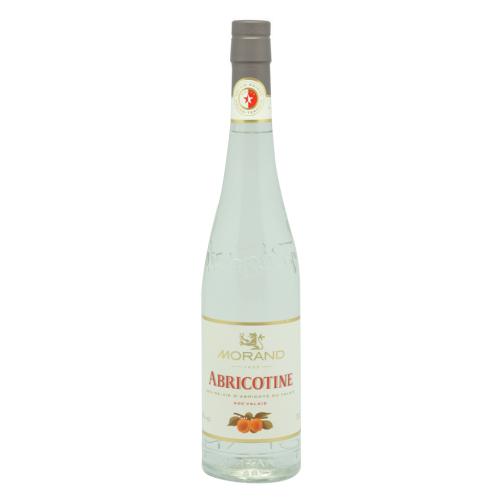
Abricotine html export zip file#
The rewritten links can either point to the files included in the zip file or to the resources on the server. Rewrite node The rewrite node defines how the links are rewritten in the exported page. The other properties are described in the Overview of configuration types section of the Content Sync framework. It does not have a path property as the current page path is dynamically copied to the configuration.

The page node has the following properties:Ī type property set with the value pages. Is located below /etc/contentsync/templates/.Page node The page node is used to copy the page html to the zip file. The following nodes can be used to build an export configuration template: For more details about the type property, refer to the Overview of configuration types section in the Content Sync framework page. Each node has a type property that defines a specific action in the creation process of the zip file. The configuration template consists in a node structure. The name appears in the page properties dialog when choosing the page exporter template.īelow the template node, called here mysite, create a node structure using the configuration nodes described below. In CRXDE Lite, create a node below /etc/contentsync/templates: To create a page exporter configuration template: This template can be used as an example to create a new one. One that is dedicated to the Geometrixx site, at /etc/contentsync/templates/geometrixx. Can serve as a base for a new configuration template.Is the fallback template when no configuration template is found in the repository.The zip file is then created by using the standard Content Sync functionality.Ī default one at /etc/contentsync/templates/default.

When a page export is triggered, the configuration template is used and both the page path and the design path are dynamically applied to the configuration. They define all the required dependencies for a page. The configurations that are available in the page properties dialog are configuration templates. The page exporter is based on the Content Sync framework. Open the page html file ( /.html) in your browser to check the rendering.Ĭreating a Page Exporter Configuration for your Site In this example some resources are below /etc, some below /. css files, images, …) are located according to the settings in the export template. Request the page by replacing html with export.zip in the URL.ĭownload the. Click OK.Ĭlick OK to close the page properties dialog.

Select the geometrixx template, as it is the default one for the Geometrixx site.

Open the page properties dialog, select the Advanced tab and expand the Export field set.Ĭlick the magnifier icon and select a configuration template. To create a configuration template refer to the Creating a Page Exporter Configuration for your Site section. A configuration template defines the way a page is exported and is specific to your site.
Abricotine html export how to#
The following steps describe how to export a page, and assume that an export configuration template exists for your site. paths to images, are rewritten to point either to the files included in the zip file or to the resources on the server.
Abricotine html export download#
Once the export is configured you simply request a page in your browser by replacing html with export.zip in the URL and you get a zip file download containing the rendered page in html format and the referenced assets. AEM allows you to export a page as a complete web page including images.


 0 kommentar(er)
0 kommentar(er)
